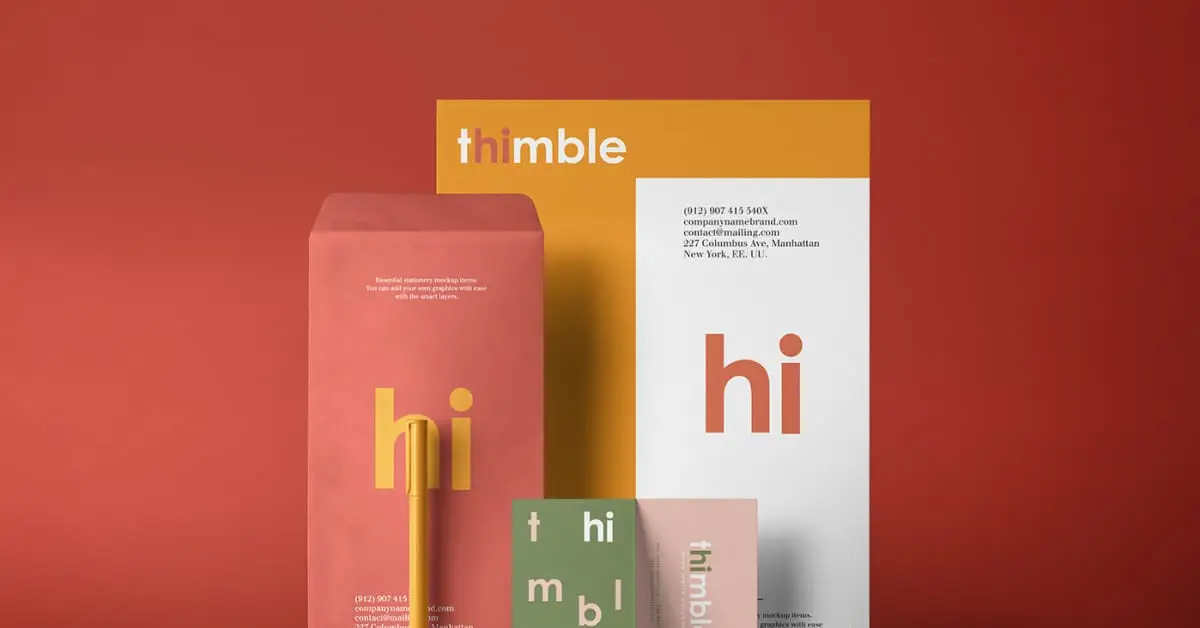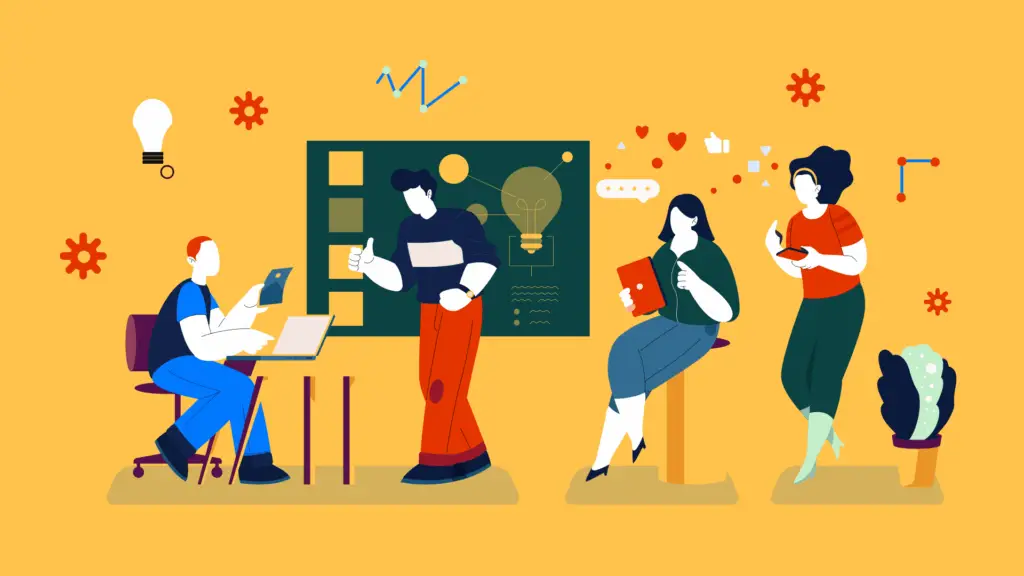How to use design elements to boost your brand
In today’s ever-changing business landscape, it’s become more important than ever for brands to stand out from their competition.
Businesses must have a consistent and memorable brand identity that resonates with their target audience to cut through the noise in an often oversaturated market. How do they do that? With design.
Design elements such as logos, typography, color schemes, and visual styles play a crucial role in creating a unique and recognizable brand identity that people can relate to. That people will remember.
In this blog post, we’ll explore the key elements of brand identity design, look at examples of successful brands that have leveraged design to improve customer experience, and discuss best practices for designing effective brand identities that resonate with your customers.
Design is critical to brand identity and customer experience
Your brand identity is the visual representation of your brand. It tells your customers who you are, what you stand for, and what they can expect from you. It gives them a feeling about you as a company, helping them decide almost immediately whether they want to know more or not.
Not only can a great brand identity attract your dream customers or clients, but it can also put off the people your brand isn’t right for. Don’t worry, that’s a good thing, and it’s all part of building a customer experience that your dream audience will want to come back to again and again.
At the core of any brand identity sits foundational building blocks, design elements such as the logo, color scheme, typography, and visual style.
They work together to enhance recognition through repetition and make interacting with a brand a more enjoyable experience.
Logo
A logo is often thought of as the centerpiece of a brand identity. It is the most recognizable visual element of a brand, and it should be simple, memorable, and unique. A good logo, over time, can become so stand out that consumers recognize it without any other context whatsoever. You know, like that famous piece of fruit with the bite out of it…
Color palette
The color scheme, much like every other element of a brand’s identity, should be consistent across all touchpoints. But proceed with caution, as colors can evoke emotions and have a significant impact on how people perceive and remember a brand. Red, for example, is a common color in the fast food industry, as it increases blood flow and (potentially) makes us hungry. But in other contexts, red can symbolize danger, power, or romance.
Many brands use one hero color along with a few accent colors. This allows for variation and keeps things fresh, but the hero color is what becomes synonymous with repetition. Tiffany Blue, anyone?
Typography
Typography, too, can help people identify a brand from afar. When choosing a typeface, it needs to be legible, easy to read, and in line with the brand’s voice. A bold, funky, and modern brand will suit a chunky sans serif more so than a whimsical script font, whereas traditional serif fonts are often paired with media or news houses because of their trustworthy feel.
Over time, (are you seeing a pattern here?) consumers begin to associate certain fonts with certain brands, which all add to recognition, build loyalty, and reduce decision fatigue in the buyer’s journey.
Visual style
Whether you’re creating social media graphics or advertising materials, a brand’s visual style should be consistent, too. We’re not saying never to experiment with design ideas or trends, but experimentation should stay within the realms of what makes sense for a brand and the identity already built.
Examples of successful brand identity and customer experience using design
When it comes to using design to build a successful brand identity and customer experience, few do it better than Apple. But we’ll bet that you’re familiar with their simple, clean, and iconic logo already and the sleek and minimalist visual style that’s reflected across all their products and touchpoints.
Another example, then, is REI, a retail chain specializing in outdoor gear and apparel.
REI’s brand identity is built around a love of the outdoors and an adventurous spirit, which is reflected in its use of brand elements. Their color scheme is built of natural earth tones, while their typography is clean and uncomplicated, like their products.
Their visual style showcases their products in an outdoor setting to resonate with their target audience – plenty of high-quality photography of people enjoying nature.
How design can be used to create a consistent and memorable brand experience
In today’s digital age, businesses need a brand identity that’s consistent across multiple touchpoints, including social media, websites, packaging, and advertising. This helps create a seamless, enjoyable, and memorable experience for the customer – all things that will entice them back in the future.
Whether it’s a social media graphic or a product package, repeated design elements help build trust with customers, reinforcing the brand in their minds.
It’s here that implementing a design system or brand guide can be especially useful – a set of guidelines to ensure that brands don’t veer too far from their core identity.
In this excerpt from McDonald’s’ style guide, a designer can assess the various ways to use the ‘Golden Arches’ in any application without going off-brand. This ensures the customer experience is the same no matter where the consumer is interacting with the restaurant.
Best practices for designing effective brand identities
Designing an effective brand identity that enhances the customer experience requires a deep understanding of your target audience and what they’re looking for.
Here are some areas to keep in mind:
What do your customers need or want to feel from you as a brand?
Showcase your USP and values through design elements to attract the right people.
Keep your design elements simple and memorable.
Less is truly often more.
Be consistent across all touchpoints.
That’s with colors, fonts, styles, etc.
Do your research.
Use colors, typography, and visual style to evoke specific emotions that will resonate with your target audience.
Experiment, but give it time.
Continuously iterate and refine your design elements to make sure they’re resonating with your customers, but make sure to give any changes time to resonate. Remember, consistency is key, brand awareness and loyalty don’t happen overnight!
Clever design builds brands your customers will love
Design is a critical component of both brand identity and customer experience, backed by consistency over time. When done right, it can help you stand out in a crowded market, creating a unique and memorable experience for your customers.
By following best practices for using design to build effective brand identities and customer experiences, businesses like yours can build trust and loyalty with their customers, leading to long-term success.
If you need support with your own brand identity or could use a few more hands on deck within your design team, get in touch with Design Force today. Our team of vetted, professional designers can seamlessly integrate into yours and understand your brand to help you produce consistent designs at scale. See how.



